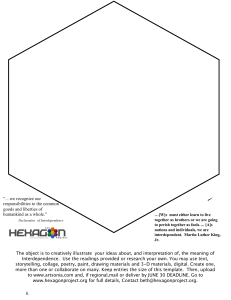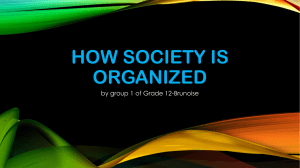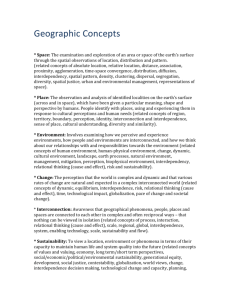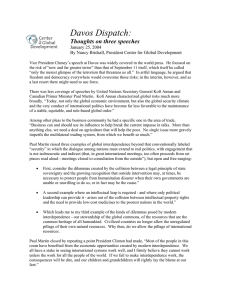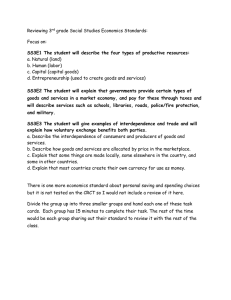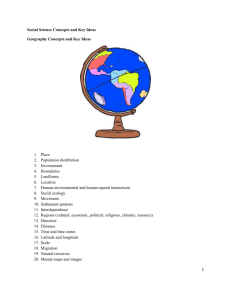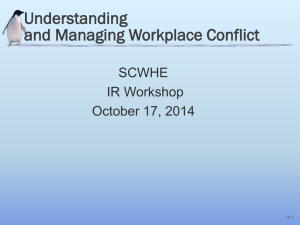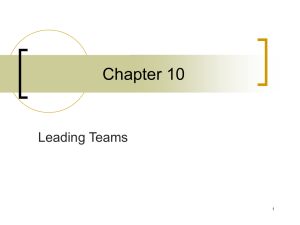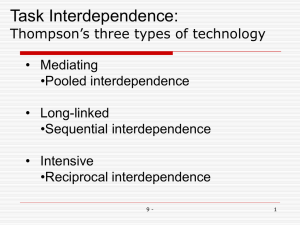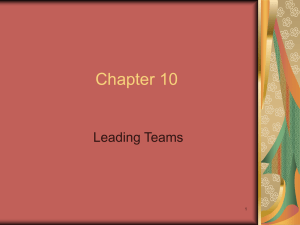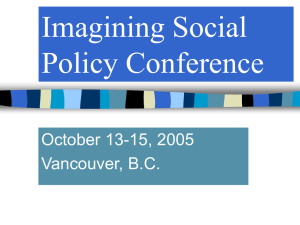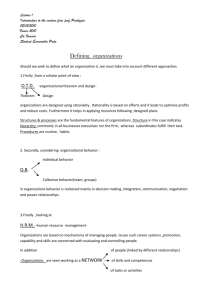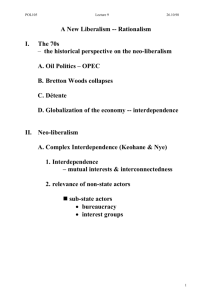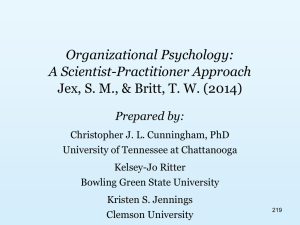DEFINITIONS OF SMALL GROUPS
advertisement
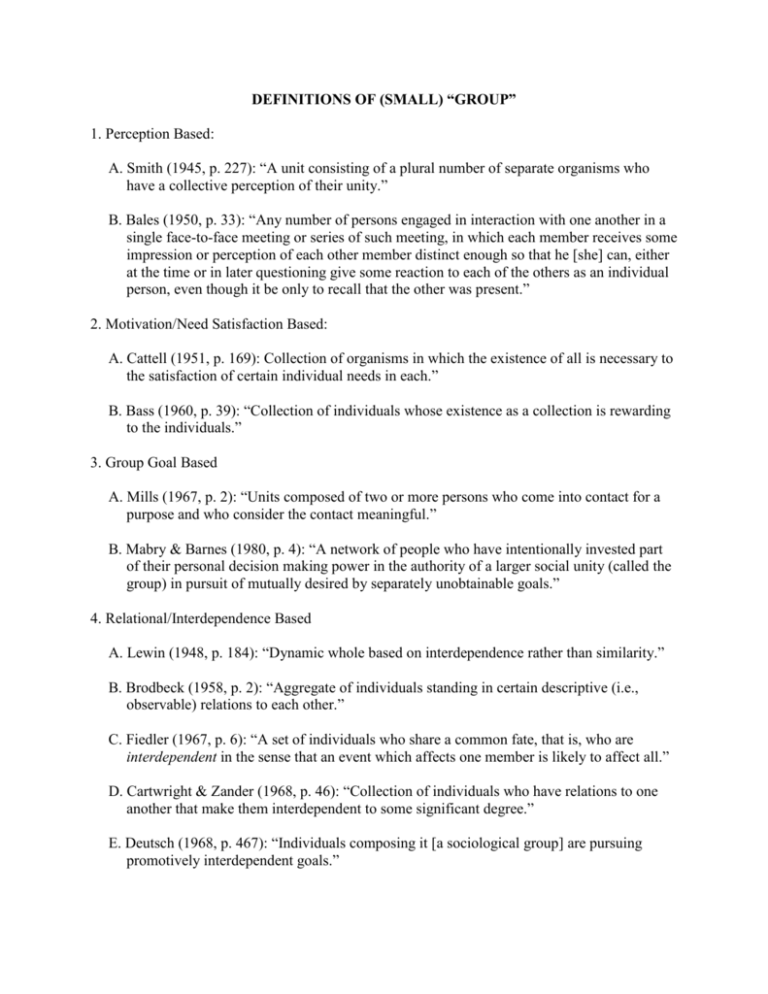
DEFINITIONS OF (SMALL) “GROUP” 1. Perception Based: A. Smith (1945, p. 227): “A unit consisting of a plural number of separate organisms who have a collective perception of their unity.” B. Bales (1950, p. 33): “Any number of persons engaged in interaction with one another in a single face-to-face meeting or series of such meeting, in which each member receives some impression or perception of each other member distinct enough so that he [she] can, either at the time or in later questioning give some reaction to each of the others as an individual person, even though it be only to recall that the other was present.” 2. Motivation/Need Satisfaction Based: A. Cattell (1951, p. 169): Collection of organisms in which the existence of all is necessary to the satisfaction of certain individual needs in each.” B. Bass (1960, p. 39): “Collection of individuals whose existence as a collection is rewarding to the individuals.” 3. Group Goal Based A. Mills (1967, p. 2): “Units composed of two or more persons who come into contact for a purpose and who consider the contact meaningful.” B. Mabry & Barnes (1980, p. 4): “A network of people who have intentionally invested part of their personal decision making power in the authority of a larger social unity (called the group) in pursuit of mutually desired by separately unobtainable goals.” 4. Relational/Interdependence Based A. Lewin (1948, p. 184): “Dynamic whole based on interdependence rather than similarity.” B. Brodbeck (1958, p. 2): “Aggregate of individuals standing in certain descriptive (i.e., observable) relations to each other.” C. Fiedler (1967, p. 6): “A set of individuals who share a common fate, that is, who are interdependent in the sense that an event which affects one member is likely to affect all.” D. Cartwright & Zander (1968, p. 46): “Collection of individuals who have relations to one another that make them interdependent to some significant degree.” E. Deutsch (1968, p. 467): “Individuals composing it [a sociological group] are pursuing promotively interdependent goals.” F. Arrow, McGrath, & Berdahl (2000, p. 34): “Complex, adaptive, dynamic, coordinated, and bounded set of patterned relations among members, tasks, and tools.” 5. Structure/System Based A. Stogdill (1959, p. 18): “An open interaction system in which actions determine the structure of the system and successive interactions exert coequal effects upon the identity of the system.” B. McDavid & Harari (1968, p. 237).: “Organized system of two or more individuals who are interrelated so that the system performs some function, has a standard set of role relationships among its members, and has a set of norms that regulate the function of the group and each of its members.” C. Gouran (1982, p. 122): “Small collections of people forming complex networks of interpersonal relationships that can be distinguished in terms of norms, the distribution of roles, status structure, patterns of authority, and the interdependence of the members.” 6. Interaction/Structure Based A. Homans (1950, p. 84): “A group is defined by the interaction of its members. [More specifically, in a given relevant period of time each member interacts more with other members than with nonmembers. Therefore] it is possible just by counting interactions to map out a group quantitatively distinct from others.” B. Merton (1957, pp. 285-286): “A number of people who interact with one another in accord with established patterns.” C. Fisher (1974, p. 24): “Collection of individuals whose communicative behaviors . . . become interstructured and repetitive in the form of predictable patterns.” D. Shaw (1981, p. 8): “Two or more persons who are interacting with one another in such a manner that each person influences and is influenced by the other person.” 7. Multiple Characteristics A. DeLamater (1974, p. 39): “Interaction between individuals, perception of other members and the development of shared perceptions, the development of affective ties, and the development of interdependence of roles.” B. Shaver (1977, p. 557): “A collectivity that has psychological implications for the individual, based upon the person’s awareness of other group members, his or her membership (or desired membership) in the group, and the emotional significance of the group.” PERSPECTIVES ON DEFINITIONS 1. Psychological Perspective: Based on aspects of individual group members. Two subtypes: A. Perceptional subtype sees group members’ behavior as a result of their view of the world, with a small group existing when each member gains an impression of each other member of the group (in contrast to a large group where this does not happen). B. Motivational approach views group members behavior in response to some form of activation or prompting 2. Relational Perspective: Stresses the interdependence that develops among group members. 3. Structural/Systems Perspective: Emphasized the shared expectations for, and the rules governing, the behavior of group members. The functional viewpoint is a variant of the structural perspective, stressing the organizational patterns and operations that a group must have to reach its goals. 4. Interaction Approach
